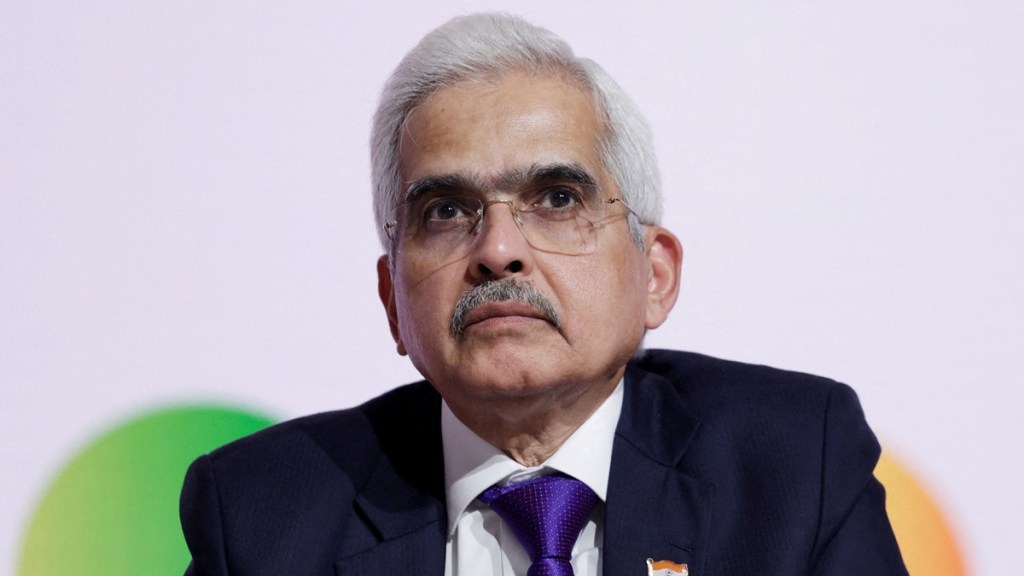Reserve Bank of India governor Shaktikanta Das on Thursday said he does not see any risks to the banking system from the sharper rise in loan portfolios of lenders and the slower increase in the liability franchises.
Speaking to CNBC TV18 on the sidelines of the World Economic Summit at Davos, Das, however, cautioned banks, asking them to avoid “exuberance in lending and ensure that there is some correlation between deposit base and credit growth”.
“The deposit growth has been 12-13% while credit has grown at about 15%, but at the moment we don’t see any risks,” the governor said adding the credit growth was not at an “unduly” high level. He, however, said the RBI hasn’t mandated any number for the credit-deposit ratio, nor does it propose to do.
The governor’s comments assume significance after HDFC Bank reported disappointing quarterly results as loans grew 5% sequentially but deposits went up by a weaker 2% quarter-on-quarter. Analysts pointed out that not only has the growth in deposits slowed, the shift to costlier term deposits has made it harder to forecast the cost of funds.
Das said the RBI will not consider any rate cuts until inflation settles firmly around the 4% target. While price gains have moderated, “unless we see clear evidence that inflation is going to sustain at that level, it will be premature to talk about rate cuts,” Das told Bloomberg Television.
The governor asserted the decision to ask banks to pare their stakes in Alternate Investment Funds (AIF) in stances where there were common borrowers, had been a “well-thought out one”.
“There was ever-greening taking place so that had to be prevented,” he said adding the decision was the culmination of more than one year of keeping track of developments in the AIF space. He said the representations from stakeholders were being examined.
Responding to allegations of emerging markets being currency manipulators, the governor said EMs had the right to protect themselves from the spillover effects of fluctuations in the markets.“The world’s most powerful currency, the dollar, has been volatile.
What is this is transmitted to the currencies of EMs, where is the safety net?” Das said. He pointed out that while the rupee may have been stable for a period of 11 months, it was not right to pick out specific periods. “Historically, we have seen the rupee depreciate annually by 4-5%,” he said.
On the non-banking financial sector, Das expressed optimism, saying, “NBFCs have definitely rebounded, and the numbers are quite robust.” He acknowledged the crisis of confidence in the NBFC space post-ILFS and highlighted that the RBI’s measures have successfully addressed these concerns.
Speaking on the digital lending landscape, Das acknowledged the exponential growth of fintech companies. He emphasised the need for regulation, stating that the RBI has appointed a panel to build a framework for regulating digital lending and has issued guidelines.

